Filter by
FAMENET stories (41)
RSS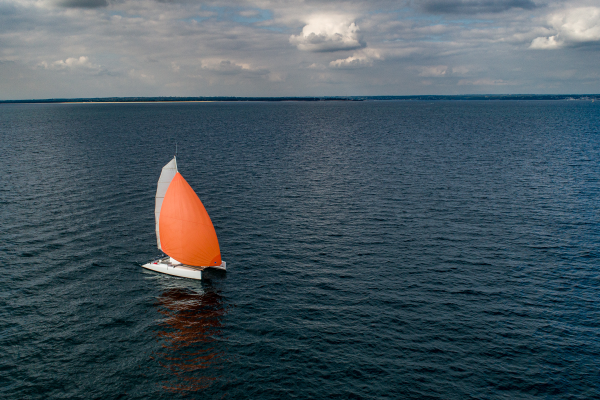
The wind is a free and sustainable energy source offering maritime activities a tremendous opportunity to move away from fossil fuels. The Skravik project, based in Finistère in Brittany, is reviving wind propulsion for artisanal fishing. Thanks to EU support, the project has been able to fund its

Small-scale fisheries often dominate the livelihoods of coastal communities and local economies. This is certainly true on the Swedish island of Gotland, whose fishing communities fishers date back generations. In recent years, however, stocks of Baltic cod, salmon and herring have declined and
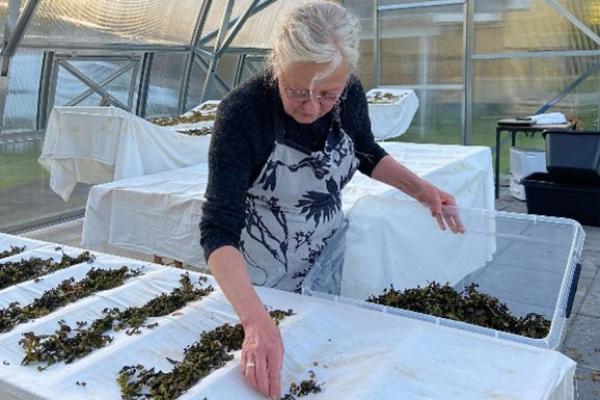
The little island of Læsø sits between Denmark and Sweden. There, seaweeds are an intrinsic part of the island’s history and landscape, being traditionally used as a roofing material.

The trade of the fishers is many things: It is challenging yet fascinating, it can be exhausting yet it is rich of rewards, too. But it is not a trade that can be usually learnt in schools: in fact, most of the transmission of skills and competences in the trade come from older fishers teaching
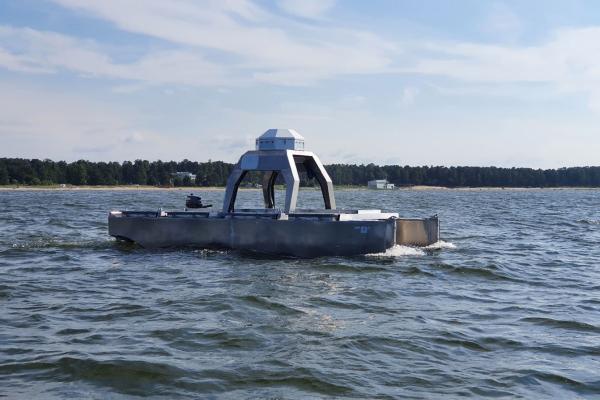
Vessel-based surveys are important in assessing and managing fishery stocks. However, vessel surveys are usually a very time-consuming, expensive affair. Moreover, working conditions at sea can be very rough, and for safety reasons even a small vessel needs a crew of at least two.
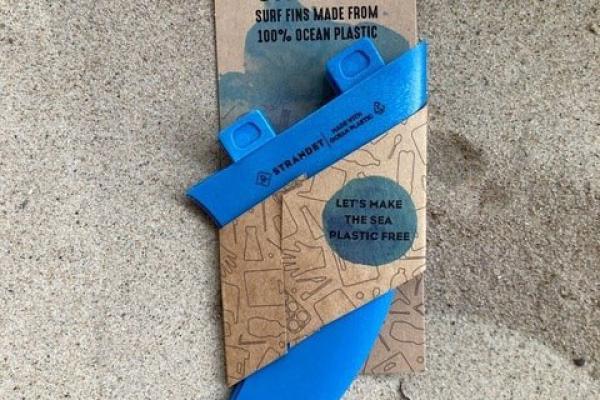
Plastic pollution in our ocean has devastating consequences for biodiversity, fisheries, tourism and coastal communities. EU has taken many steps to address this problem, either by direct legislative initiatives, by awareness-raising campaigns (such as the ongoing #EUBeachCleanup),
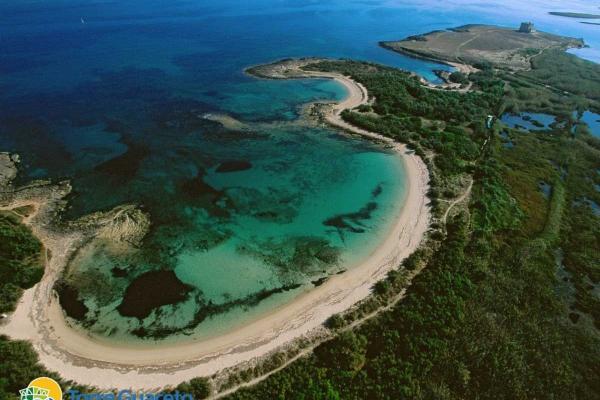
The commitment to halt and reverse the loss of marine biodiversity is a key EU priority, as underlined by the recent international ocean governance communication. One of the main EU tools to achieve that, is the creation and management of marine protected areas (MPAs), in line with its position to

Have you ever heard about Lessepsian Migration? If not, you are in good company: a lot of people didn’t, either. Yet this is how the silver-cheeked toadfish (Lagocephalus sceleratus), also known as the invasive pufferfish, came to the Mediterranean.
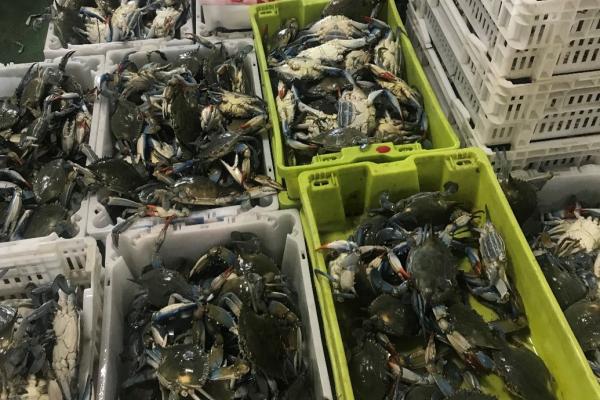
Like many alien invasive species, Blue Crab came to the European waters by accident. It was transported from its distant home in the American north Atlantic, most likely though ship ballast water, already at the beginning of the XX century, and spread rapidly since then.

Fishing always comes with a certain degree of unpredictability and uncertainty. This is equally true for professional fishers as it is for enthusiasts. When they cast their nets or fishing lines, they never know if and what they might catch.
